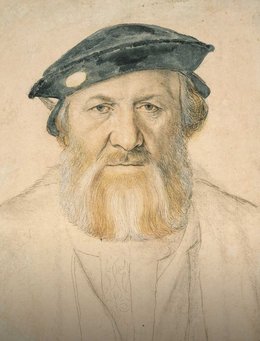Eingebettet in die barocken Paraderäume
Hosted within the baroque ceremonial halls of Dresden's Residence Palace, the exhibition "100 Ideas of Happiness" fosters a dynamic dialogue between cultures. Aimed at encapsulating Korea's rich artistic heritage, from the Three Kingdoms period (1st century BC – 7th century AD) to the Joseon Dynasty (1392–1897) and the Korean Empire, the exhibition presents various expressions of happiness in diverse artistic forms, capturing the nuanced interpretations of happiness that permeate Korean art and culture.
























